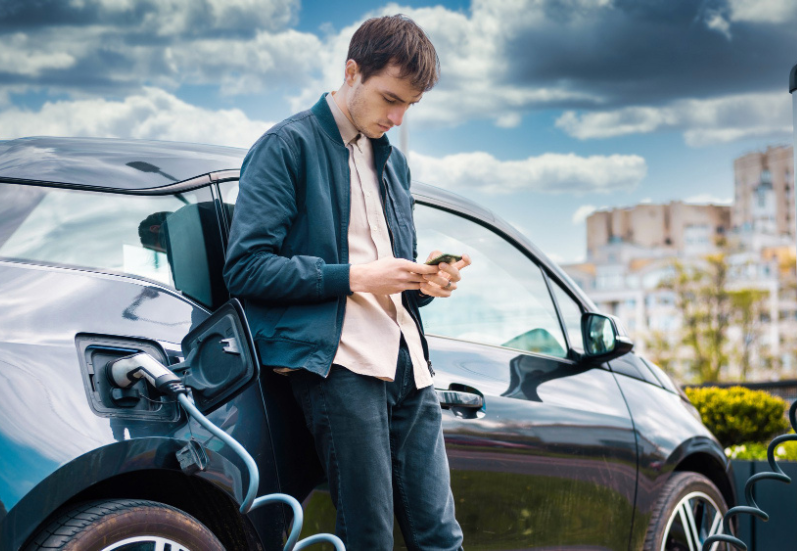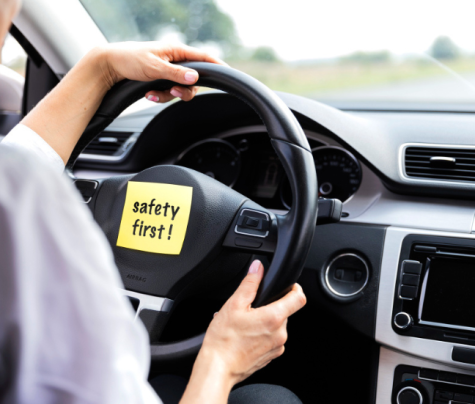
Electric cars have become increasingly common on the roads, raising concerns about their safety in the event of a crash.
Some people worry that the high-voltage battery packs or quiet engines of electric vehicles (EVs) might make them more dangerous than traditional cars.
Research shows that electric cars are not inherently more dangerous in a crash and often meet or exceed safety standards compared to gasoline vehicles.
However, their unique design and battery technology introduce different risks that first responders and drivers should be aware of.
So, are electric cars more dangerous in a crash?
Hi, in today’s blog, I will help you explore the facts related to electric car safety, crash test results, and the particular challenges involved are crucial before buying one.
I will clarify whether EVs can pose bigger risks, along with the factors that make them similar or different from conventional cars in accidents.
Electric Car Crash Safety: Key Differences
There is a significant difference between electric cars, or EVs, and traditional cars, even for the crash dynamics.
The reason? Their unique power sources, along with the designs. Not only that! The battery safety, structural engineering, and fire risks also raise major safety considerations.
Battery-Related Risks
So, are electric cars more dangerous in a crash? Well, electric cars may utilize large lithium-ion battery packs. These batteries can be hazardous in the event of a car crash.
See! The batteries can be easily damaged. SO, there are chances of possible short circuits and electrical shock for occupants and first responders.
The manufacturer designs the batteries with a proper enclosure. This is a better protection to minimise all sorts of puncture or impact damage.
However, the compromised batteries can possibly cause you chemical leaks. It can even generate high-voltage currents.
St. Louis truck accident lawyers at Hipskind & McAninch, LLC often see cases where battery damage complicates injury claims, underscoring the importance of professional evaluation after a crash involving EVs.
Structural Engineering and Impact Response
EVs always have a different kind of weight distribution. Reason? Their heavy battery packs. These batteries are typically placed low in the chassis.
Such a heavy load can possibly lower the car’s centre of gravity and consequently improve the rollover resistance even more. This takes place because of the heavy weight distribution concentrated in EVs’ battery packs.
The vehicle structure typically includes specially reinforced zones around the battery to ensure that it is not damaged during a collision.
Such a change can be seen in crumple zones of gasoline vehicles that become different due to the altered patterns of impact absorption.
The presence of specially trained emergency responder teams is a must in case a rescue is planned.
As structural features of EVs differ from those of conventional ones, emergency response teams need to be well-trained and familiar with the details for safe rescue operations.
This is especially true in multi-vehicle crashes where electric trucks or passenger EVs are involved, among others.
Electric vehicles are by no means more dangerous when a crash occurs in comparison to gasoline vehicles.
Although electric vehicles come loaded with high-voltage batteries, it is a well-thought-out process with all protective measures in place to ensure that the fire hazards are very minimal.
Fire Hazards and Thermal Runaway
Electric car fires can be more difficult to extinguish than gasoline fires due to battery thermal runaway. This condition occurs when damaged cells overheat, causing a chain reaction that rapidly spreads.
Battery fires can reignite hours or even days after a crash, requiring prolonged monitoring. Water-based firefighting techniques may be less effective, and specialized agents are sometimes necessary.
Because of this, St. Louis truck accident lawyers at Hipskind & McAninch, LLC stress the importance of thorough investigation and documentation following EV fires to establish liability and damages accurately.
Comparing Electric and Gasoline Vehicle Crash Outcomes
Crash outcomes between electric and gasoline vehicles show differences. They are tied to design features and crash dynamics.
These injuries can stringly depend on several factors such as:
- Battery placement
- Fuel source hazards
Emergency response protocols also vary due to technological advancements and safety risks.
Passenger Injury Severity
Electric vehicles (EVs) typically have heavy battery. They are packed and further placed low in the chassis, which lowers the center of gravity and can reduce the risk of rollovers. This positioning often helps in maintaining cabin integrity during crashes.
Studies indicate that overall injury severity in EV crashes is similar to or slightly lower than in gasoline vehicles. However, electric cars may present specific injury risks related to high-voltage components in severe impacts.
Gasoline vehicles pose risks from fuel ignition or explosion after crashes, which can lead to burns or worsened injury severity.
EVs eliminate this fuel fire risk but introduce concerns about electrical shock or thermal runaway in damaged batteries.
Rescue and Emergency Response Challenges
Emergency responders face unique challenges with electric vehicles due to high-voltage systems and lithium-ion batteries. These can catch fire hours after a crash or release toxic gases, complicating rescue efforts.
Standard rescue protocols for gasoline cars extensively focus on fuel leaks and fire hazards. With EVs, responders need specialized training and equipment to safely disconnect batteries and prevent electrical hazards.
St. Louis truck accident lawyers at Hipskind & McAninch, LLC, note that delayed emergency response or mishandling of EVs in crashes could impact passenger outcomes.
Clear communication of vehicle type at the accident scene aids rescue teams in applying proper procedures.
Crash outcomes depend on factors like vehicle design, speed, and impact type. Studies show comparable injury and fatality rates, indicating electric cars are as safe as traditional gasoline vehicles in accidents.
Addressing Safety Concerns and Misconceptions
Electric vehicles (EVs) have prompted questions about crash safety, but data and regulations provide clarity. Crash outcomes depend on tested impact resistance and ongoing technological improvements rather than the powertrain alone.
Electric vehicles (EVs) have raised safety concerns about battery fires and crashworthiness. However, extensive testing and strict regulations ensure that EVs meet or exceed safety standards comparable to those of gasoline vehicles.
Advanced battery management systems minimize fire risks. It is further reinforced battery enclosures protect occupants in the event of a collision.
Data from crash tests and real-world incidents demonstrate that EVs effectively protect passengers.
Misconceptions often stem from unfamiliarity with EV technology, but ongoing research and transparent reporting continue to build public trust.
Overall, EVs offer safe transportation options, addressing safety concerns through innovation, regulation, and proven crash performance.
Advancements in Electric Vehicle Safety Standards
Regulators have updated safety standards to include EV-specific risks, such as battery integrity and protection of the electrical system.
The Federal Motor Vehicle Safety Standards (FMVSS) now require enhanced battery containment and monitoring systems.
Manufacturers implement reinforced battery packs with cooling and isolation features to mitigate fire risks in the event of a crash.
Additionally, many EVs feature advanced driver assistance systems (ADAS) that reduce collision likelihood.
Crash structures in EVs use the absence of an engine block to increase crumple zones, improving impact absorption.
Consequently, modern electric cars meet or exceed safety levels set for traditional vehicles while addressing unique challenges.
Read More:
- Creating a Strong Personal Brand: Being a Lawyer in 2025
- How Maritime And Cruise Ship Lawyers Protect Passenger Rights?
- The Importance of Hiring a Skilled Personal Injury Lawyer Early in Your Case










0 Reply
No comments yet.